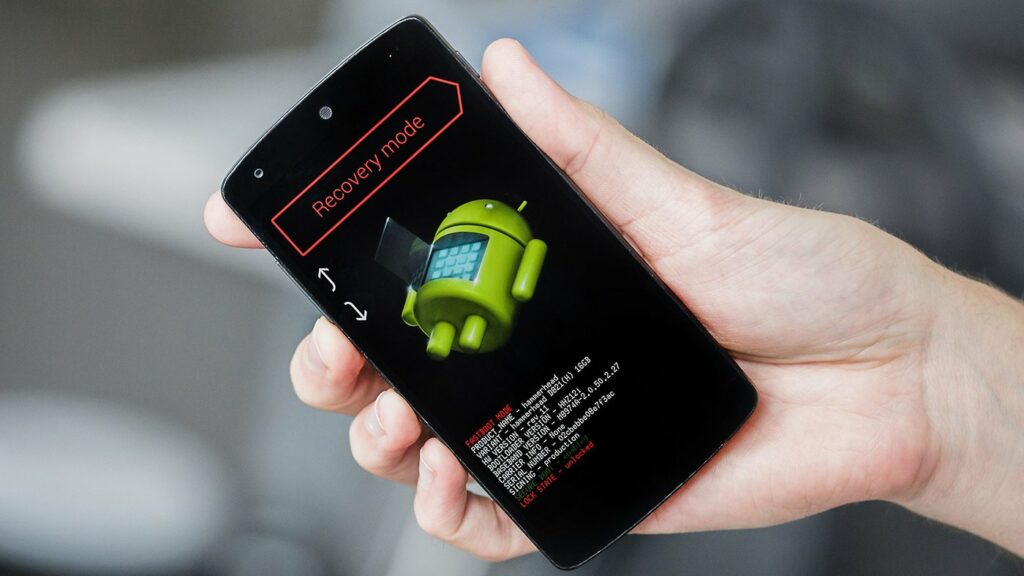How to Return Any Android Device to Stock ROM

Figure of Stock ROM
Stock ROM: All Android fans will find detailed instructions on how to return to the stock ROM in this article. The numerous smartphones from well-known OEMs including Samsung, OnePlus, Google, and Xiaomi will cover in this tutorial. If you’re unfamiliar with the technical details of Android devices, you might be wondering what a stock ROM is. It is simply the operating system that the device uses, to be honest.
Then, you could wonder why it needs to be restored if it’s the OS. When a user downloads a custom ROM to replace the stock ROM, restoration becomes necessary. The Android operating system is open-sourced. People often use the former to test out the different capabilities that a custom ROM offers over a standard stock ROM. But most of the time, people move quite quickly. So, when they attempt to install the custom ROM, they make a mistake, and the entire gadget goes crazy.
Table of Contents
Describe a stock ROM
Let’s give a little explanation. The stock ROM is the operating system that installs a smartphone when you purchase it from any seller and unbox the gadget. Stock refers to the app that the OEM created and pre-installed on the smartphone. Various Android OS versions serve as the foundation for stock ROMs. The stock ROM of some devices, such as the Google Pixel, is based on vanilla Android, which unmodified Android.

Why stock ROMs are crucial
Let’s go into further detail as to why stock ROMs will always be superior to modified ROMs. In essence, the stock ROM on your device is fully functional when you purchase it. Yes, I agree that occasionally there are bugs, but they are easily fixed.
As an illustration, whenever Samsung or OnePlus introduces new versions of Android OS, they promptly issue hotfixes if the beta versions contain bugs. It’s official now. Since OEMs are in a competitive market, they will make sure that users have a hassle-free, flawless experience.
If you ask me, I have personally utilized modified ROMs, TWRP, and rooting on my smartphone. That, however, has a high cost. You must root your smartphone in order to install a custom ROM. The warranty is nullified when you root a device. Additionally, your device does not support banking apps. Magisk can use as a workaround, albeit it may not always work.
You can have problems with modified ROMs including app crashes and glitches. Custom ROMs created by unofficial developers. They clearly have a lot of talent because they are capable of creating a full replacement for stock ROMs. They might not always be able to eliminate every bug, though. Android OS build variations are different. Thus, troubleshooting may take a while depending on which user is utilizing which version of the custom ROM.
As previously indicated, the custom ROM build is frequently a new build with a tendency to be buggy. So, be prepared for app crashes, shutdowns, hanging problems, and so forth. Bricking is a serious issue that frequently occurs. Therefore, going back to the original ROM will aid in unbricking a device. The bug problems will also resolve since we are going back to the official version of the ROM. It will also fix if there are bugs causing the device to lag.
Returning to the original ROM will also unroot the device, allowing you to use any authorized app on your smartphone without any problems.
Pre-Requisites
No, we need to have a variety of equipment and the stock ROM for the appropriate smartphone with us before we start the lesson on how to restore back to stock ROM on various devices.
Getting a Backup

Making sure that your device data is secure while you modify it on your smartphone is both a good idea and a necessary precaution. Therefore, you must do a complete data backup on your device. You can use a data cable or any app to effortlessly transfer the info to your PC.
The smartphone will return to its factory appearance while restoring to stock ROM. This implies that it will return to its original state after purchase and opening. Of course, all of the data will erase. Backup is therefore required.
Obtain a Stock ROM
For your convenience, we provide links to the stock ROM repositories for several devices from well-known OEMs, including Samsung, Google, Xiaomi, and OnePlus. Additionally, it consists of smartphones powered by Spreadtrum and MediaTek chipsets.
Obtain Flash Tool
You will need the following flash tools for various devices. These tools are specific to their respective OEMs. This means that if you have a Xiaomi smartphone, you should use the specific Mi Flash Tool to install or restore the stock ROM. Use just the flash tools that intend for your OEM.
Tools for Xiaomi smartphones called Mi Flash Samsung smartphones with the ODIN Flash tool SP Flashing software for smartphones using MediaTek chipsets SPUpgrade utility for Spreadtrum-powered smartphones.
FAQ
Can we use any device to install stock Android?
The greatest Android-only smartphones are those made by Google. On any phone, though, you can obtain that stock Android experience without rooting. In essence, you’ll need to download a stock Android launcher and a few apps to get the stock Android experience.
Can I use a ROM designed for another device?
Without a doubt! Every phone has a unique kernel that has certain requirements. When you attempt to flash a room that isn’t designed for your device, you’ll discover that it has brick.
Can TWRP be used to flash stock ROM?
Let’s look at how to use TWRP recovery to flash a custom ROM on any Android device. Download and move the custom ROM you want to flash to the storage on your smartphone. Start the TWRP recovery on your device. From the TWRP main menu, choose “Wipe,” then “Swipe to Factory Reset” at the bottom of the screen.
Which is better, vanilla Android or Miui?
MIUI offers a wide variety of functions and animations. However, the gadget could appear a little sluggish due to these animations. In contrast to MIUI, Pure Android offers an empty interface. It is speedier than MIUI, though, so that is a bonus.
How is a phone unrooted?
Entering the SuperSU app from the app drawer is the first thing you should do in order to completely unroot the device. Once it’s open, press or swipe over to the Settings page and then scroll down until you reach the “Cleanup” option. Select “Full unroot” from the menu.
Read More:
- Secure Folder Forgot Password No Reset Option: How to Fix
- How to Fix “An Unauthorized Attempt to Factory Reset” Error
- How To Reset Samsung Washer Machine